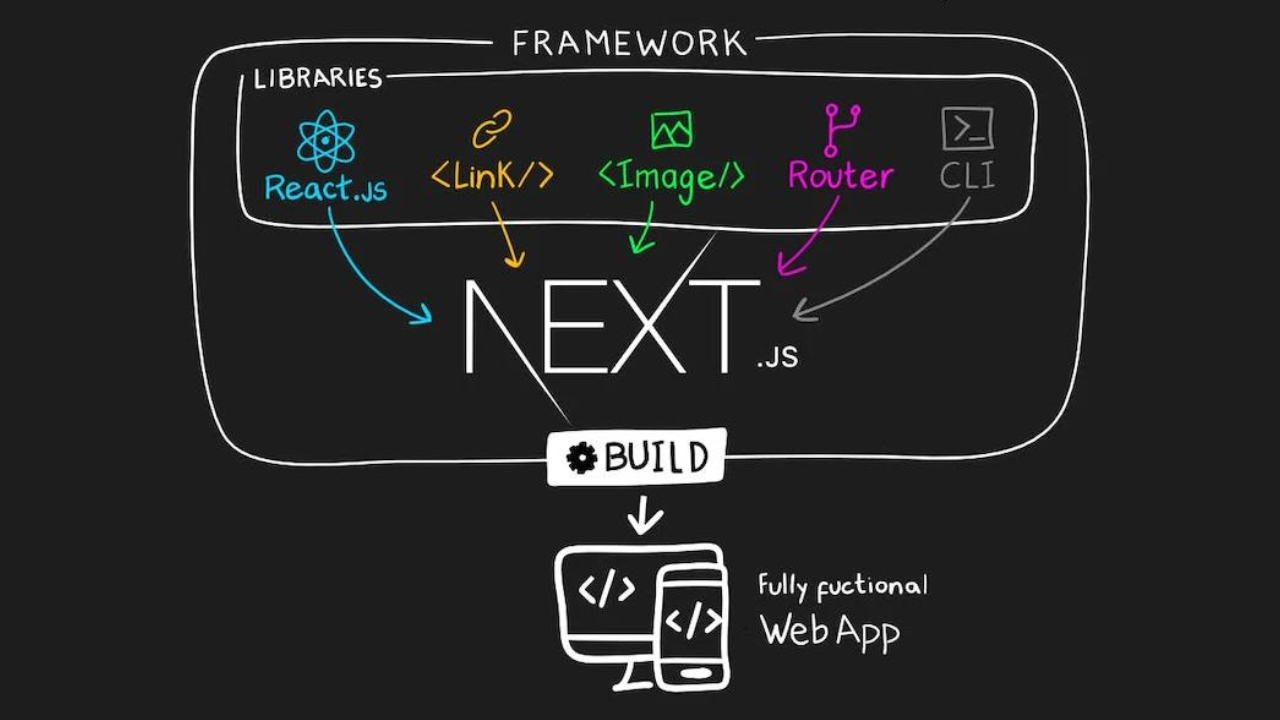
Next.js: More Than Just a React Library
Next.js is not just a library; it is a React framework (as officially defined) designed to build full-stack applications.
Unlike React, Next.js comes pre-configured with several powerful features that simplify web development, reducing the time required to build a site. It includes an integrated routing system, making navigation seamless without the need for additional libraries. Additionally, it provides its own image optimization system, enhancing performance. Among its key features, the rendering system and data caching stand out.
The Power of Rendering in Next.js
One of Next.js’s greatest strengths is its ability to render content on both the server and the client. Understanding when to use each approach is crucial for performance and user experience.
- Client-side rendering (CSR): The user requests a page, and the server sends raw JavaScript, which the browser processes and transforms into an interface.
- Server-side rendering (SSR): The server processes the page before sending it, delivering a fully-rendered response to the user.
Each approach has its place. While SSR improves performance by caching and pre-rendering pages, CSR is essential when personalized or real-time data needs to be fetched per user request.
Choosing the Right Approach
Imagine an application that displays personalized dashboards—since each user sees unique data, CSR makes more sense. But if the app serves static content, such as a blog or an e-commerce product page, SSR (or even Static Site Generation - SSG) is a better choice, as it reduces load times by serving pre-built pages.
Building a Backend with Next.js
With API Routes, Next.js allows you to create a backend directly within your project. These API routes act as server-side functions that handle HTTP requests, interact with databases, authenticate users, and more—all without needing a separate backend setup.
Advantages of Next.js API Routes:
✅ Seamless frontend-backend integration
✅ Support for Serverless Functions without extra infrastructure
✅ Automatic optimizations for performance
However, there are also challenges to consider:
⚠️ Scalability concerns for large applications
⚠️ Separation of concerns, as backend logic resides in the same project as the frontend
Conclusion
Next.js is a powerful tool, but using it wisely is key. Choosing between server-side and client-side rendering can significantly impact performance and user experience. By leveraging its features correctly, you can build faster, more scalable, and highly efficient web applications.
In short: Next.js is amazing, but knowing when to use each feature is what truly makes the difference.